Paul Austin reviews the Rico RH50 and Pulsar Thermion 2 XP50 side-by-side, and throws a Tube TL35 into the mix for good measure!
It was only around 18 months ago that IRay, or InfiRay if you prefer, were little more than a cheap alternative to a Pulsar. A little rough around the edges perhaps, but functional, and perhaps more importantly, affordable. There’s been something of a shift of late with IRay now feeling confident to go toe-to-toe with Pulsar in terms of performance and price.
Nothing personifies this new confidence more than the Rico. The role of the poor man’s Pulsar has been abandoned as the Rico ups its asking price and attempts to deliver a knockout blow based on features and performance alone.
In this article, we’re going to put the two hottest thermal scopes side by side and see if IRay are indeed a real contender for the thermal crown. Rather than dig through every single function and feature, I’m going to give you my opinion based on extensive field testing and let you decide which of these thermal monsters is the scope for you.
In one of Mark Ripley’s recent columns, he described the Rico as the best thermal scope he had ever used. To be fair to Pulsar, Mark hadn’t seen the new Thermion 2 XP50 at the time, but nevertheless, that’s high praise indeed from one of the most highly respected riflemen in the UK. So without further ado, let’s get started with some thermal fisticuffs!
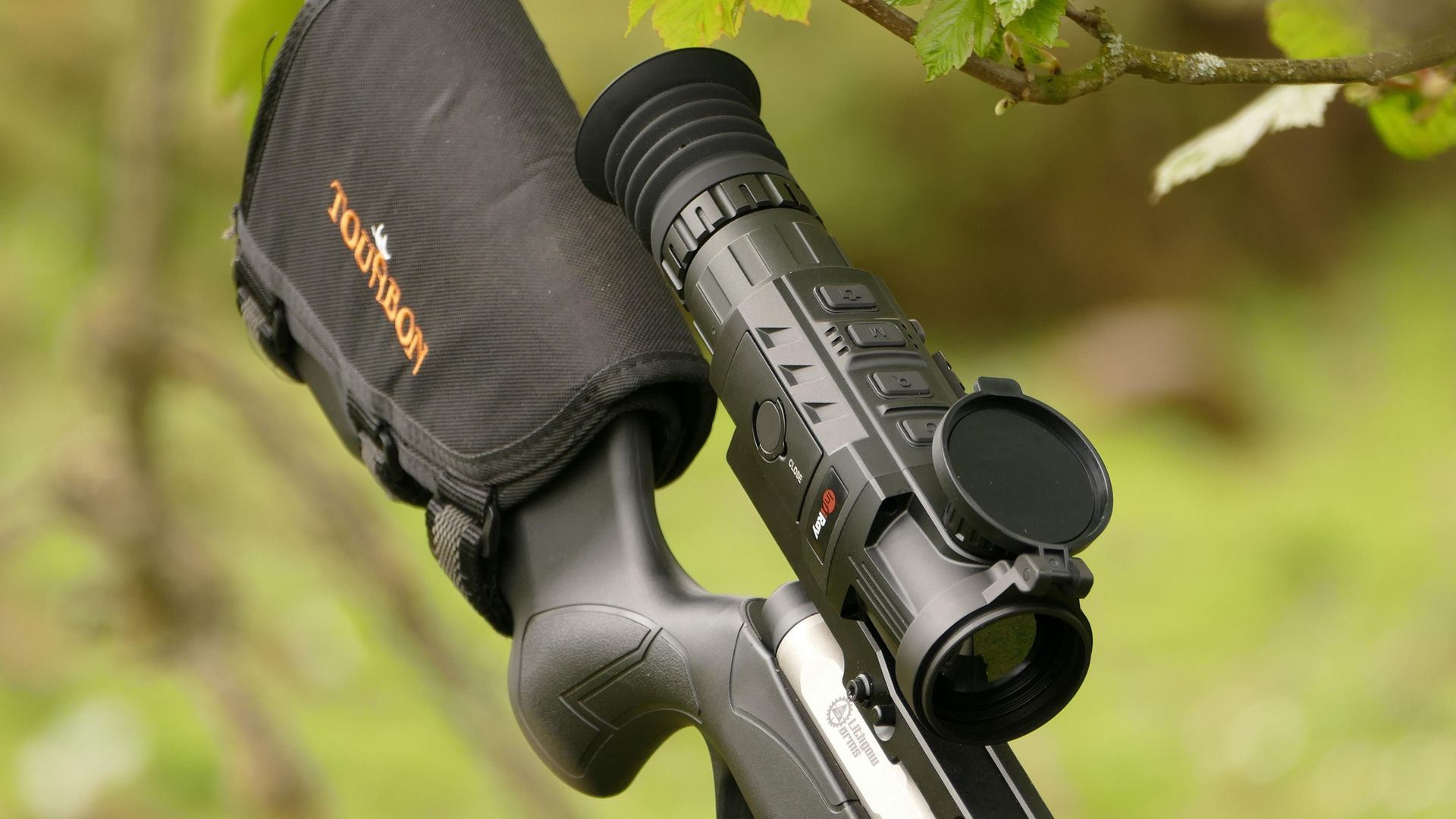 credit: Archant
credit: Archant
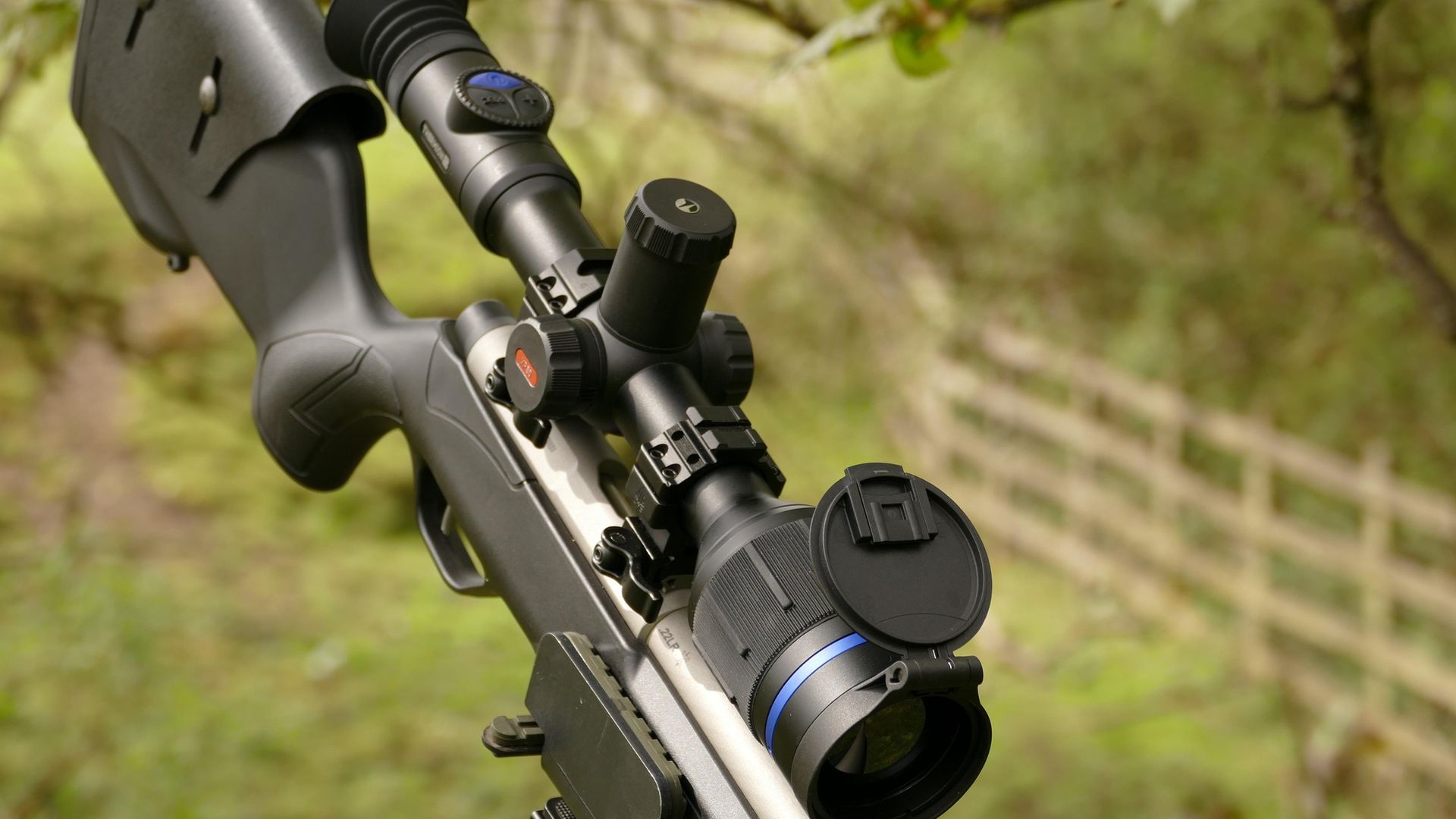 credit: Archant
credit: Archant
Design & set-up
Pulsar pioneered the 30mm scope-mounted thermal with the launch of the original Thermion and they’ve stayed true to that design with the latest incarnation. The bottom line is that a traditionally mounted scope is the better option for most people. It’s easier to swap the scope from rifle to rifle and there’s little need for any adjustments, other than those you’d apply for a traditional day scope.
The ring-mounted design keeps the scope closer to the bore, which is another added bonus. Did I hate the sled-based Rico from this perspective? No, not all at. I wouldn’t personally put the mounting method particularly high on my list of ‘must haves’, as I’m so familiar with adjusting my head position; many scopes, both IR and thermal, still require such adjustments to your shooting position. For my shooting buddy Simon, a non-ring based mounting system is a bit of a deal breaker, so it’s horse for courses on that one.
In terms of initial set-up and zeroing, I’d say it’s pretty close.
I had no problems zeroing either device, although the Pulsar does have the added bonus of one-shot zero freeze frame. In regard to the core feature set, it’s a very similar story on both devices, with multiple zeros and rifle profiles, PiP magnification, cant indicators etc. The Pulsar does have a wider array of rets and associated colour schemes and generally speaking there’s a little more variety when it comes to fine-tuning most features on the Pulsar. A typical example of this is back on the main screen where you opt to cycle through the mag on the Rico whilst the Pulsar cycles and also allows manual dialling.
It’s the same story with basic adjustments such as brightness, sharpness and colour schemes. The Rico offers five fixed levels for each, with repeated clicks cycling through the options. The Pulsar offers 10 levels for most settings. Again, this a personal choice. If you don’t like too many options, the Rico is fine and quick to adjust, while the Thermion offers a little more fine-tuning.
On the subject of tinkering, the Rico does have an ace in the hole in the form of an optional bolt-on LRF, which Thermion does not, so you can add rangefinding to the Rico’s arsenal further down the line. That would cost you, though, adding another £515 to the asking price.
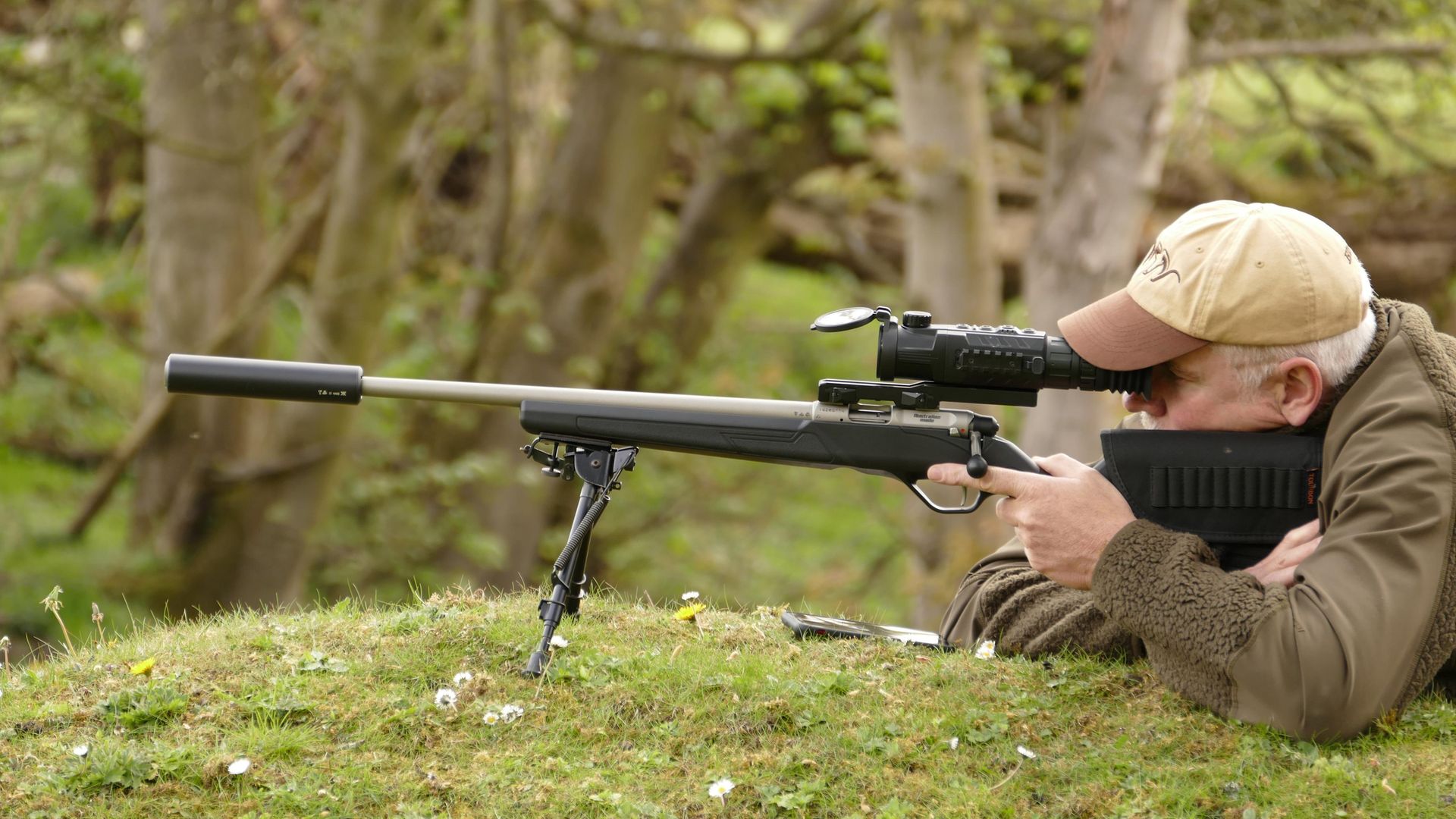 credit: Archant
credit: Archant
 credit: Archant
credit: Archant
Controls
There’s something very natural about the traditional scope design of the Thermion. It’s very intuitive to use, with the small control pad on the ocular bell controlling the most commonly used functions, while the dialling function on the side turret lets you dig a little deeper.
The Rico again is a simpler affair but that’s generally not to its detriment. It’s quick to cycle through mag levels or colour schemes in the field. I don’t think there’s a clear winner in terms of practicalities. The Thermion feels more natural and is easier to fine-tune but the Rico is very fast to operate, so a dead heat on that one for me.
In terms of battery life, I’d probably give it to the Rico and the new removable power packs, two of which ship with the unit, delivering around six hours of runtime. The Pulsar batteries can’t quite match that, but they are swappable, so it’s simply a matter of carrying a spare.
Software support
The IRay range has enjoyed a new-look operating system within the devices themselves, replacing the older rather dated layout, which is a bonus, but the accompanying InfiRayOutdoor app is still fairly simplistic in relation to Streamvision.
Don’t get me wrong, you can do all the basics with the IRay app, such as file transfer and basic remote control, but it’s fairly limited. When it comes to software, remote access/control and streaming, Pulsar still sets the standard.
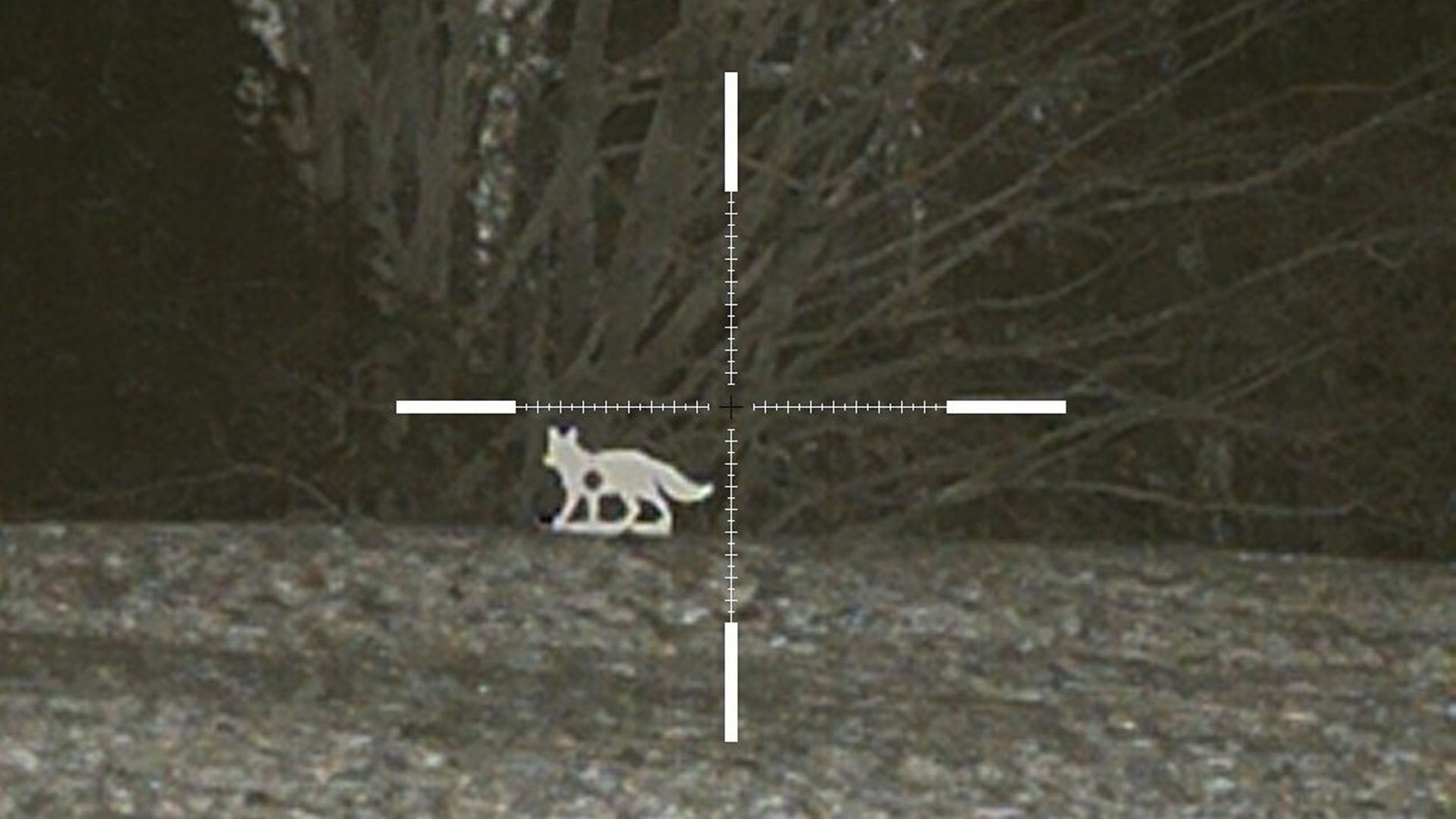 credit: Archant
credit: Archant
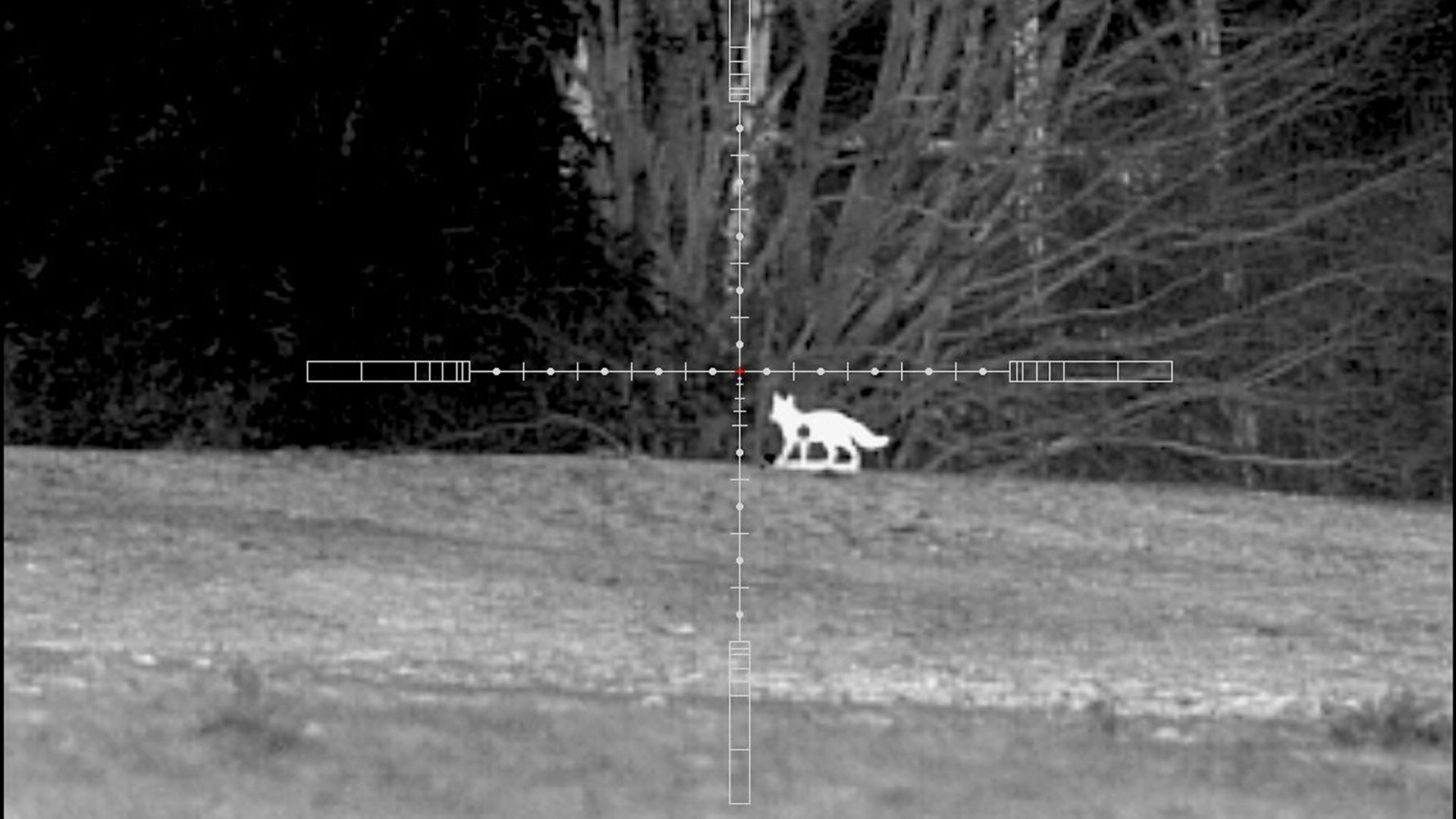 credit: Archant
credit: Archant
Image quality
Now we get to the crunch, image quality. I’ll be honest, when I first powered up the Rico I was genuinely impressed; it definitely has the wow factor. The gradients are silky smooth and the image is artifact-free and very dynamic, with lots of brightness and contrast. Critters of all kinds stick out a mile and there’s very good definition on any live quarry, so you can definitely reach out there with the Rico and remain confident in your ID on the target.
The big question is, is it better than the Thermion 2 XP50? It’s more dynamic certainly and a lone fox in an open field doesn’t stand a chance against the Rico, but like all IRay thermals the emphasis is very much on detecting the animal rather than producing a balanced image. That’s where, for me at least, the Pulsar still has the edge.
This is all very subjective of course and very much a matter of personal taste. If you like the wow factor and high-contrast dynamic look of the Rico over the more balanced image of the Pulsar, that’s fine. There’s genuinely no bad decision here, but personally the Pulsar would be my choice.
Most of my permissions consist of rough woodland and messy farms with all manner of critters and assorted bits of kit and rough ground cover littering the image. For me, having a detailed overview of the environment is just as important as spotting quarry at distance. I need to know exactly what I’m shooting into: trees, grass, wire, rocks and rubble, etc, and the Pulsar would be better suited for those kinds of environments because of the innate balance within the image.
If you shoot over open fields and generally don’t suffer from a cluttered and complex field of view, the IDing power and wow factor of the Rico may suit you perfectly. It’s high contrast and high impact but at the cost of an environmental overview. I can certainly see why Mr Ripley loves it, as it’s ideal for the typical open ground he shoots over – but in a messy shooting environment, I think the Pulsar has the edge.
Another strength of the Pulsar is the lower NETD of <25mK. In good conditions, NETD isn’t a massive game changer on any device, but in poor weather and over the winter months, it will mean the Pulsar should maintain a better image with more definition when the going gets tough.
It’s a very close-run thing, but I think IRay still need to improve on the software side and perhaps consider a more balanced image overall. Having said that, the LRF add-on for the Rico may well swing it for some. IRay have definitely come a very long way in 18 months. Both units are very impressive, but the Pulsar is just that little bit little more polished overall. But watch this space, there’s a lot more to come from IRay in the fight for the thermal market.
IRay Rico RH50 Tech Specs
Sensor: 640x512 12 micron
NETD: ≤40 mK
Pixel Size: 12μm
Refresh rate: 50Hz
Frame Rate: 50hz super smooth refresh
Protection: IP67
Magnification: 2.8-11.2
Weight: 840grams
Detection Range: up to 2600m
Display: 1024x768 AMOLED
Dimensions: 250x61x58
Objective Lens: F50/1.2
Battery Life: up to 6hrs
Supplier: www.scottcountry.co.uk
RRP: £4464.95
Optional 1000m laser rangefinder available
Pulsar Thermion XP50 2 Tech Specs
NETD: ≤25 mK
Display: 1024x768 AMOLED
Optics: f1.0 Germanium lens
Refresh rate: 50Hz
Compatible with: standard 30mm rings
Colour modes: 8
Auto-Shutdown
PiP mode
Built-In photo & video recorder
16GB internal memory
Streamvision compatible
Stadiametric rangefinder
Built-In 3-axis gyroscope & accelerometer
Four observation modes (Forest, Rocks, Identification and User)
Scalable reticles (9 colour options)
5 Zeroing profiles (10 distances per profile)
One-Shot zero function
“Freeze Zeroing” Function
Dual battery system
Built-In, rechargeable APS3 battery pack
Quick-Change, rechargeable APS2 battery pack
IPX7
Supplier: www.thomasjacks.co.uk
RRP: £4,539.95
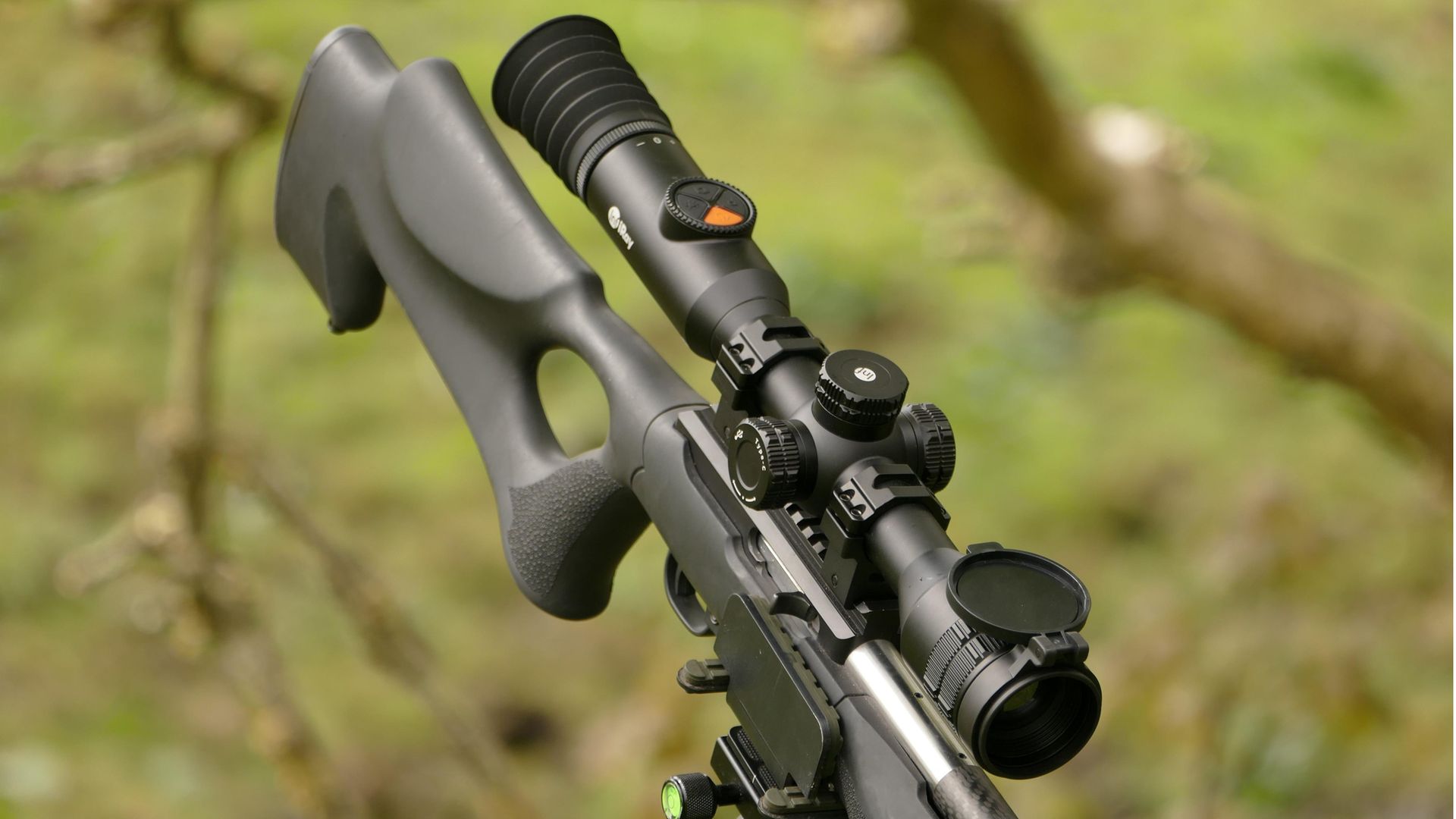 credit: Archant
credit: Archant
IRay Tube TL35
The TL35 could very well be described as an homage to the original Thermion. Although, I very much doubt Pulsar describe it in those terms, but when it comes to the core design the similarities are obvious with the 30mm tube and overall layout very reminiscent of the original Thermion, as is the sensor choice of 384x288.
It would be unfair to make direct comparisons between the Tube TL35 and the 640 sensors of the Rico and Thermion 2 but there’s nevertheless a degree of crossover between all three. Essential, it’s the age-old battle between wants and needs.
A quick glance at the screen shots from the three scopes clearly shows the impact of a larger sensor but in the goldilocks zone for night shooting (between 25-125m) the Tube certainly has its place. Would the larger sensors of the other two units actually put more in the bag at that kind of range? No, I don’t really think they would. You may want an all-singing all-dancing hi-res thermal scope but in reality, do you need it?
 credit: Archant
credit: Archant
There’s no argument that IDing a target at range is easier with the larger sensor but for ratting, rimfire and close encounters with Charlie there’s a lot to like about the Tube.
To be honest, I was really quite impressed with the Tube, and I really like the fact it comes in over £1,700 cheaper than the Rico, and offers an even bigger saving on the Thermion 2 XP50. You can get a lot of stuff for £1,700 and change, including a completely new rifle to put it on!
In terms of ergonomics, it’s great, with essentially a very similar layout to the Thermion range. In one respect it is actually a little better as the controls at the rear of the device offer an extra button allowing you to quickly toggle between colour modes without delving into the menu system.
Just like the Thermion the traditional 30mm scope mount design means there are no issues associated with a sled-based system, so you can maintain a traditional head position that doesn’t require an adjustable comb or comb raiser to keep your eye centred in the scope, or at least no more so than a traditional day scope.
Battery life is superb at 10 hours, plus there’s an option to add a replacement battery if required. The scope is solidly built and feels intuitive when you’re on the gun, making those on-the-fly adjustments (that are often required in the field) very straightforward.
The main set-up menu follows that now familiar long press/short press combinations to navigate the various options and there’s all the whistles and bells you’d expect under the bonnet, with multiple rets and colour schemes, multi zero/range support, PIP, video/pic recording, ultraclear mode etc...
There are really no complaints in the field, the picture is excellent considering the sensor size, all the features are close at hand via the rear buttons and top turret jog dial. However, compared to the Thermion range it is lacking in terms of software support and streaming. Don’t get me wrong, it will do all the basic file transfer tasks just fine but like all the current IRay products, it’s still a generation behind when compared to Pulsar’s Streamvision.
 credit: Archant
credit: Archant
IRay Tube TL35 Tech Specs
Sensor: 384×288
Pixel Pitch, μm: 12
NETD mK: ≤50
Frame Rate: 50Hz
Objective Lens: 35mm
Field of View: 7.5°×5.6°
Magnification: 3.1~12.4
Eye Relief: 60mm
Display: 1280×960 LCOS
Battery: Built-in battery pack + replaceable 18500 battery
Max. Battery Life: 10 hours
Storage: 16Gb
Interface: USB Type-C
Supplier: www.scottcountry.co.uk
RRP: £2749.95